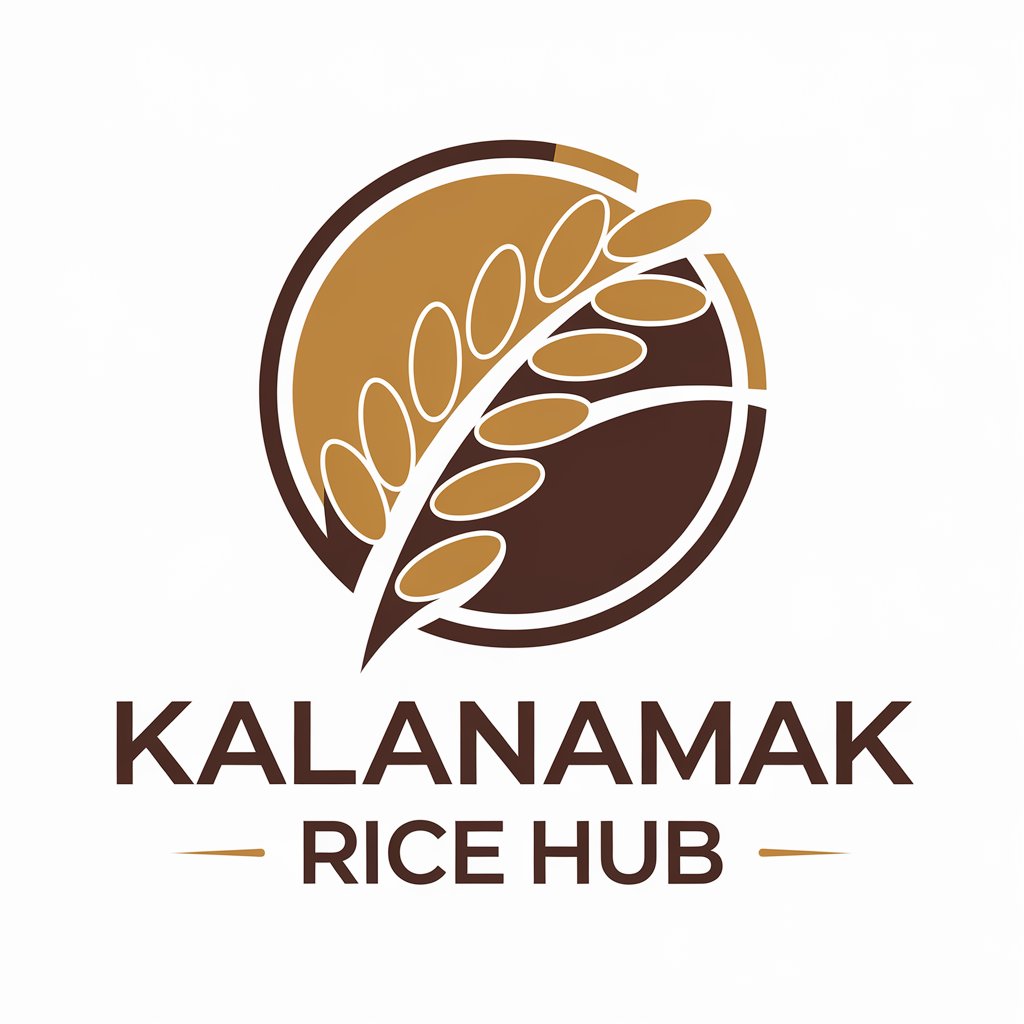Kalana Mak Rice and the GI Tag: Preserving India’s Fragrant Heritage, One Grain at a Time
In the heartland of Uttar Pradesh, where the soil tells stories of ancient civilizations and the air carries whispers of history, grows a rice variety that’s as rich in legacy as it is in flavor. Meet Kalanamak rice—a grain that has transcended time, survived modernization, and earned the prestigious Geographical Indication (GI) tag in 2013. For Indians, this isn’t just rice; it’s a symbol of cultural pride, agricultural resilience, and a taste that connects generations.
What is Kalanamak Rice?
Known locally as “Buddha Rice”, Kalanamak rice is believed to have been cultivated in the region where Lord Buddha once walked, meditated, and spread his teachings. Its name translates to “Black and Salty” (*Kala* for black husk, *Namak* for salt), but don’t let the name fool you—this rice is anything but salty. Instead, it’s celebrated for its **sweet, nutty aroma**, soft texture, and a distinct fragrance that lingers long after it’s cooked.
Grown primarily in the **Tarai belt** of eastern Uttar Pradesh—especially in districts like **Siddharthnagar, Maharajganj, and Sant Kabir Nagar**—this rice thrives in the region’s unique soil and climate. Farmers here have nurtured Kalanamak for centuries, using traditional methods passed down through generations.
The GI Tag: Why It Matters
In 2013, Kalanamak rice joined the elite list of Indian products (like Darjeeling tea and Banarasi silk) that boast a **Geographical Indication tag**. This tag is more than just a certificate—it’s a legal recognition that ties the rice’s identity, quality, and reputation to its place of origin.
What Does the GI Tag Mean for Kalanamak?
1. **Protection Against Imitation**: The GI tag ensures no one outside the designated regions of UP can legally sell rice under the name “Kalanamak.” This protects farmers and preserves authenticity.
2. **Boost for Local Farmers**: By branding Kalanamak as a unique, region-specific product, the GI tag helps small-scale farmers command better prices in domestic and international markets.
3. **Cultural Preservation**: It acknowledges the rice’s deep-rooted connection to Uttar Pradesh’s history and traditions, ensuring its legacy isn’t erased by commercial hybrid varieties.
The Fight to Save Kalanamak
Decades ago, Kalanamak rice was on the brink of extinction. The Green Revolution prioritized high-yield hybrid rice varieties, pushing traditional grains like Kalanamak to the sidelines. Farmers, lured by promises of quicker profits, began abandoning it. By the 2000s, its cultivation had shrunk drastically.
But the story didn’t end there. **Local farmers, NGOs, and agricultural scientists** rallied to revive this heritage grain. They emphasized its **nutritional superiority** (rich in iron, zinc, and antioxidants), resilience to pests, and low water requirements. The GI tag became a turning point, reigniting interest in Kalanamak as a “heritage superfood.”
Kalanamak Rice: A Taste of Tradition
For Indians, food is emotion—and Kalanamak rice is no exception. Its aroma evokes memories of grandmothers cooking **kheer** during festivals or communal feasts where **biryani** made with this rice takes center stage. Unlike regular rice, Kalanamak’s grains remain fluffy yet firm, making it perfect for:
– **Festive dishes**: Meethe chawal, pulao, or offerings to deities.
– **Daily meals**: Paired with dal or curd, it’s a comfort food staple.
– **Health-conscious diets**: Its low glycemic index suits diabetics, while its nutrient density appeals to modern wellness trends.
Challenges Ahead
Despite the GI tag, Kalanamak rice faces hurdles:
– **Limited Awareness**: Many Indians still don’t know about its existence or benefits.
– **Market Competition**: Cheap, hybrid rice dominates supermarket shelves.
– **Supply Chain Issues**: Poor infrastructure makes it hard for farmers to reach urban markets.
But hope isn’t lost. Organizations like the **Agricultural and Processed Food Products Export Development Authority (APEDA)** and state initiatives are promoting Kalanamak as a **“premium export product”**. Social media campaigns and food festivals are also introducing urban millennials to this forgotten gem.
How Can You Support Kalanamak Rice?
As Indians, we have a role to play in preserving our culinary heritage:
1. **Buy Authentic**: Look for the GI tag certification when purchasing Kalanamak rice.
2. **Spread the Word**: Share its story—on your plate, in your kitchen, or on social media.
3. **Celebrate It**: Cook a traditional meal with Kalanamak rice during festivals or family gatherings.
Final Thoughts: A Grain of Our Past, A Seed for Our Future
Kalanamak rice isn’t just food—it’s a living archive of Uttar Pradesh’s agrarian legacy. The GI tag has given it a new lease on life, but its survival depends on us. By choosing Kalanamak, we honor the farmers who’ve toiled for generations, protect biodiversity, and ensure that future generations can savor the taste of history.
As the saying goes in Uttar Pradesh: *“Kalanamak ki khushboo mein, sanskriti ka asli swad hai”* (In the fragrance of Kalanamak lies the true flavor of culture). Let’s cherish this gift from our soil, one fragrant grain at a time. 🌾

